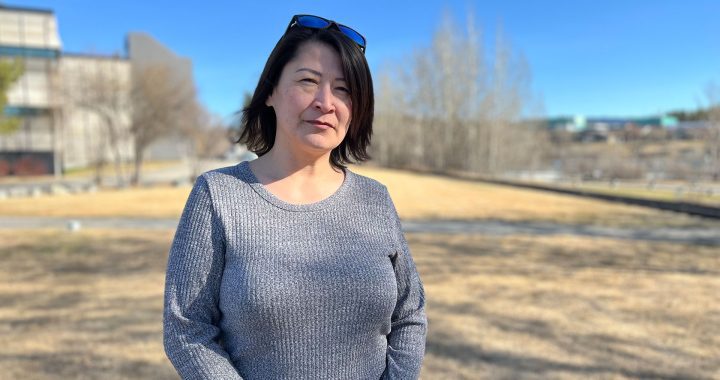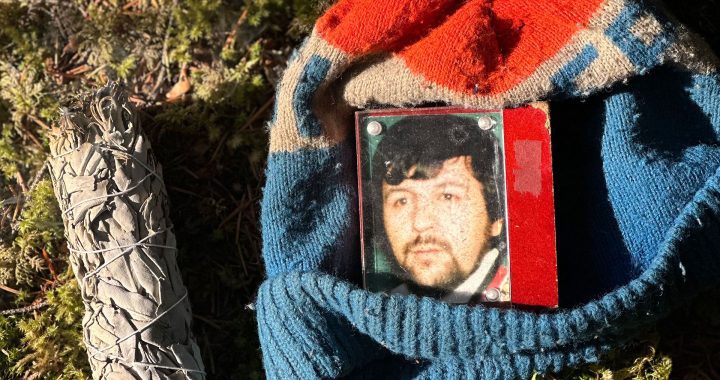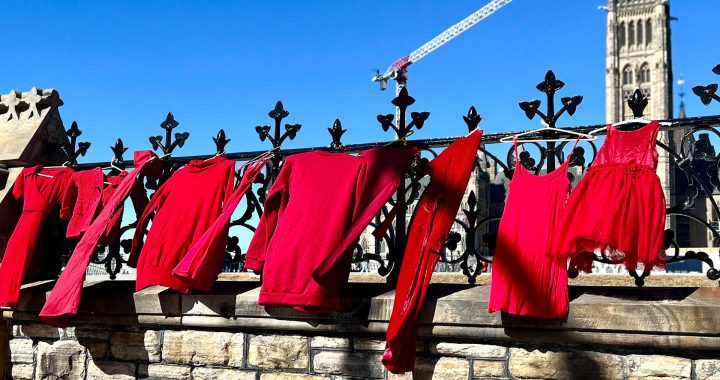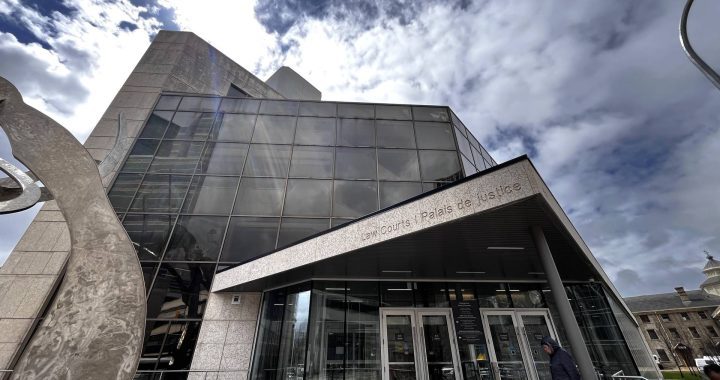Students from the University of Montreal, Indigenous urban planners and landscape architects met in the Mohawk community of Kahnawake to discuss issues around sustainable development on Indigenous territories.
Kahnawake Grand Chief Kasennénhawe Sky-Deer said that it’s important for young students to be part of the community for a day.
“When you have a CEO or a leader that believes in wanting to change the narrative or the way things had been done in the past and coming from a genuine space and really wanting to collaborate,” she said. “It’s all about building trust, building relationships.”
Sky-Deer highlighted that these relationships are integral to successful development projects.
Mona Belleau, who is Inuk and works with Group BC2, told students that land use planning must take into account language and culture.
“One way of ensuring that one day there will be a new generation of young professionals is to create programs,” she said. “We’ve already welcomed young Innu students who were on the verge of finishing high school and brought them to the school of architecture for a week.”
The panel also discussed various challenges communities face because Indigenous people continue to be misunderstood and underrepresented in the fields of urban and regional planning.
Patricia Deer, an urban planner from Kahnawake who also works for Group BC2, said the landback movement is empowering communities to plan their development projects.
“The Squamish First Nation, they have gotten back approximately 10.5 acres of land in Vancouver and they decided that they were going to use it to generate revenue for their nation and help them become more self-sufficient,” she said.
The Squamish First Nation in B.C. is currently building a housing development that, they said, will generate $10 billion in revenue.









